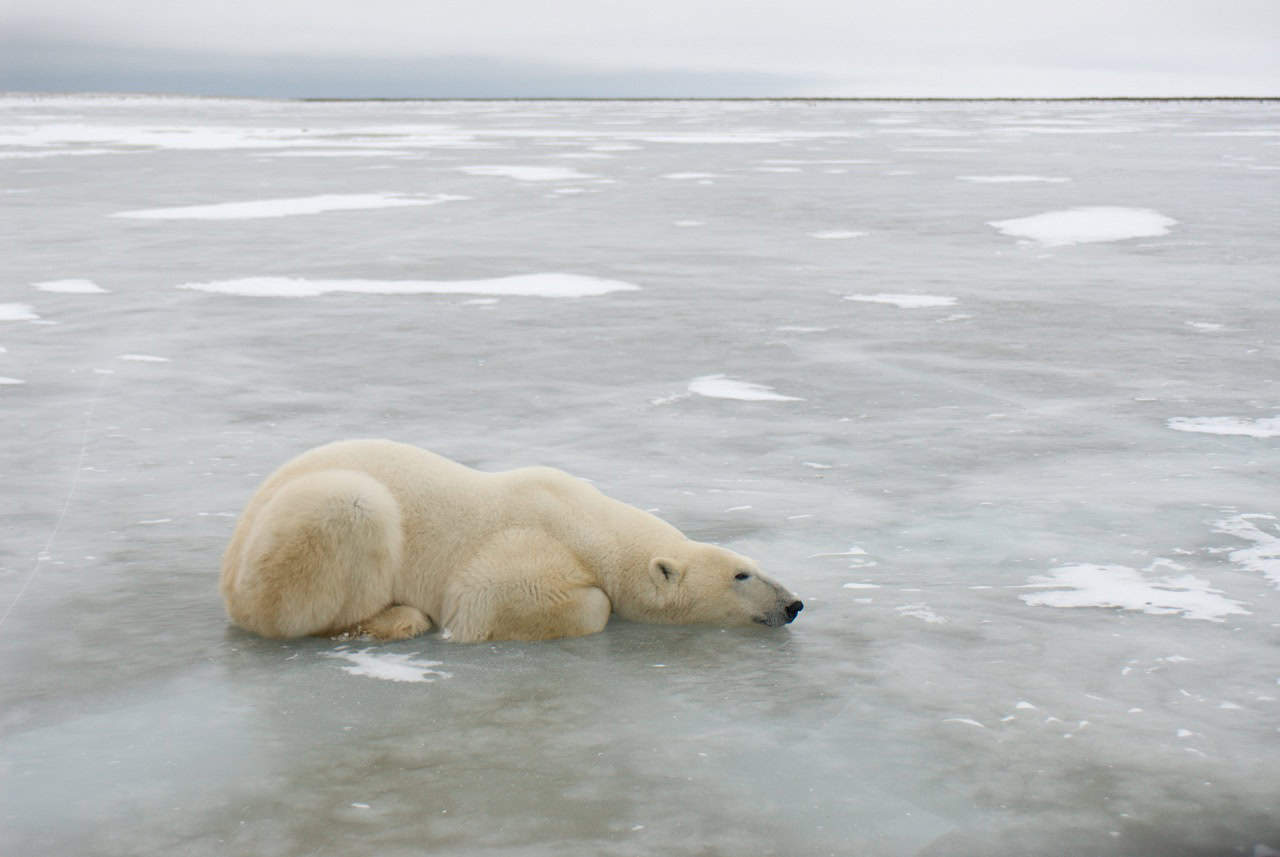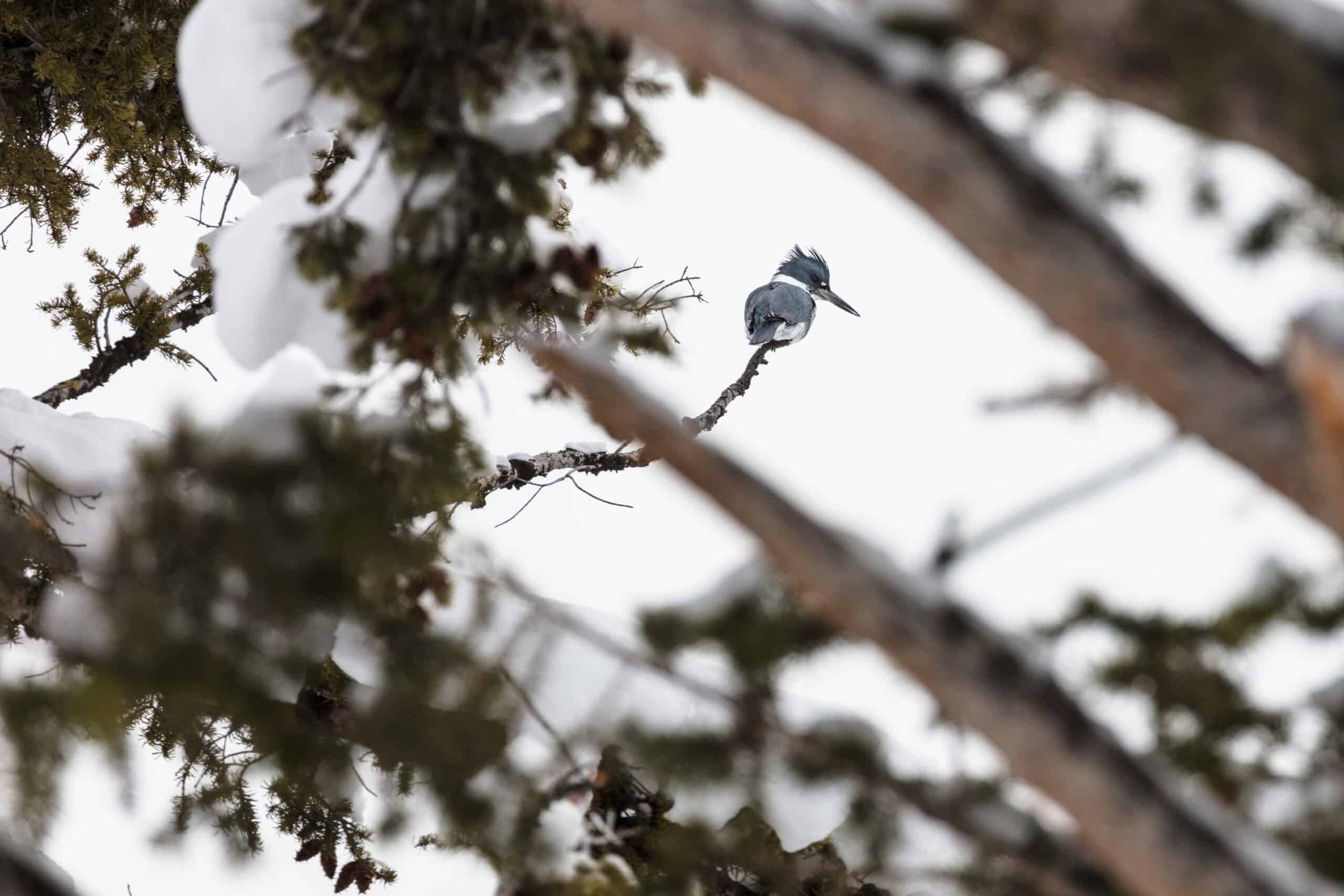Share this article
Lawmakers consider competing ESA proposals
During a hearing by the Water and Wildlife Subcommittee of the House Natural Resources Committee, subcommittee members discussed a new bill (H.R. 4348), introduced last month by Natural Resources Chairman Rep. Raúl Grijalva, D-Ariz., which would revoke recent policy changes from the Interior Department regarding implementation of the Endangered Species Act.
The “Protect America’s Wildlife and Fish in Need of Conservation Act of 2019” was introduced in response to changes in ESA implementation finalized by Interior in August. Interior’s changes include abolishing the so-called 4(d) blanket rule, changing the designation of critical habitat, and increasing the availability of economic information during listing decisions. If passed, the bill would revoke the final rule issued by U.S. Fish and Wildlife Service.
On the same day as the hearing, the Congressional Western Caucus held a roundtable to discuss their own legislative package which would codify the recent USFWS rules and make other changes to the ESA.
The legislative package includes 19 draft bills, which cover a variety of policies related to the implementation of the ESA, from delisting species to increasing the role of states to implementing additional protections for private property owners. The bills are expected to be formally introduced in the House in the coming months.
The Caucus’ roundtable included a suite of lawmakers and representatives from a variety of groups, including the California Farm Bureau Federation, New Mexico Cattle Growers’ Association, Independent Petroleum Association of America and Western Energy Alliance, and Karen Budd-Falen, Interior’s deputy solicitor for parks and wildlife.
Budd-Falen has spoken before about Interior’s intentions to propose additional changes to how the bureau will implement the ESA. She has indicated that futures changes will address the definition of habitat and the implementation of Section 4(b)(2), which gives the Secretary of the Interior flexibility to exclude areas from a critical habitat designation if the benefits of doing so outweigh the benefits of designation, as long as such exclusion would not result in the species’ extinction.
The Congressional Western Caucus introduced a similar package of bills amending the ESA last year, but those bills did not become law.
Last week, the attorneys general for 17 states, New York City and Washington, D.C. filed suit against the Department of the Interior, challenging their recent rules interpreting the ESA. That suit joins another filed in early September by Earthjustice on behalf of several organizations, arguing that the new rules violate the ESA itself as well as the National Environmental Policy Act.
Read TWS’ standing position on Threatened and Endangered Species and Position Statement on the U.S. Endangered Species Act.
Header Image: The population of Hawaiian nēnē (Branta sandvicensis) has grown from less than 50 in 1967 to nearly 3000 today while listed on the Endangered Species Act. ©Gary Kramer/USFWS








